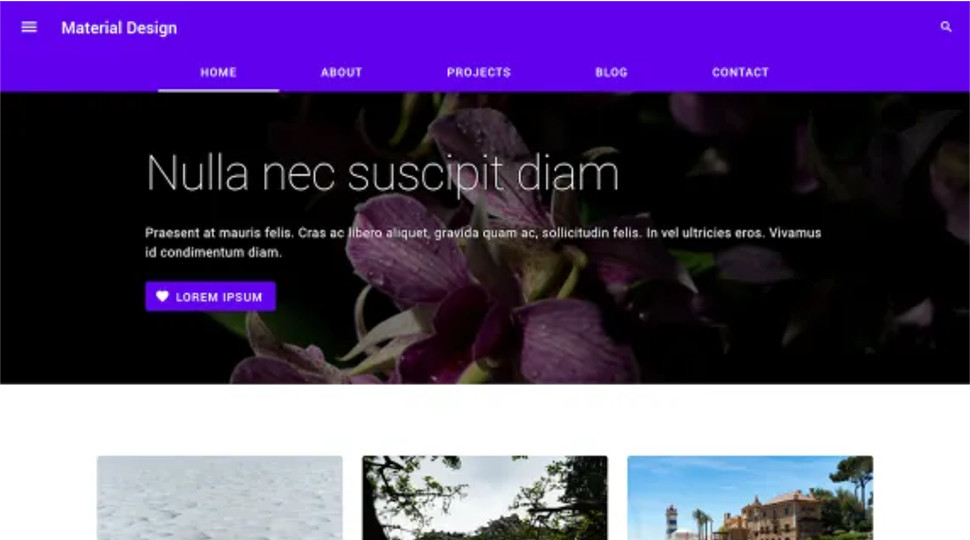Google wants to help make your new website look even better
Material Design is now available as a WordPress plugin

Google has launched a WordPress plugin version of its Material Design theme, giving website builders the opportunity of mirroring the design used by the tech firm on its first-party sites. The plugin is currently only available to individuals with a business-level WordPress plan.
The plugin remains at an experimental stage but lets users customize site colors and icons in the style associated with Material Design, which is known for its realistic lighting, shadowing, and responsive animations. As the plugin has only just been launched, Google has asked for feedback from users on what is working well and what isn’t.
“We want to use this time to learn more about what you want and need from a Material experience for WordPress,” Jonathan Bingham, the Material Design product manager, wrote. “Love it? Hate it? What features would you like to see? Your feedback can help us understand what people building content-oriented sites need from a design system, making Material for the web better for everyone.”
- We've put together a list of the best website builders around
- These are the best WordPress themes for your business
- Also check out our roundup of the best free website builder
New themes
By bringing Material Design to WordPress, Google gains access to a huge audience, with around 40% of the world’s websites using the CMS platform. Like other WordPress plugins, Material Design fits in with the WYSIWYG experience, using the WordPress block editor to allow users to create Material layouts for their web pages.
Google currently offers three starter themes through the Material Design plugin, with each one coming accompanied by a number of customization options. These include typography from Google Font, colors, shapes, and icon styles.
Although Material Design is currently used for Android apps and Google’s own sites, the launch of a WordPress plugin means that you might start seeing more webpages adopting its familiar look. Installing the plugin is straightforward, with it found in the admin panel of the WordPress dashboard.
- We've also highlighted the best web hosting
Via 9to5Google
Are you a pro? Subscribe to our newsletter
Sign up to the TechRadar Pro newsletter to get all the top news, opinion, features and guidance your business needs to succeed!
Barclay has been writing about technology for a decade, starting out as a freelancer with ITProPortal covering everything from London’s start-up scene to comparisons of the best cloud storage services. After that, he spent some time as the managing editor of an online outlet focusing on cloud computing, furthering his interest in virtualization, Big Data, and the Internet of Things.
